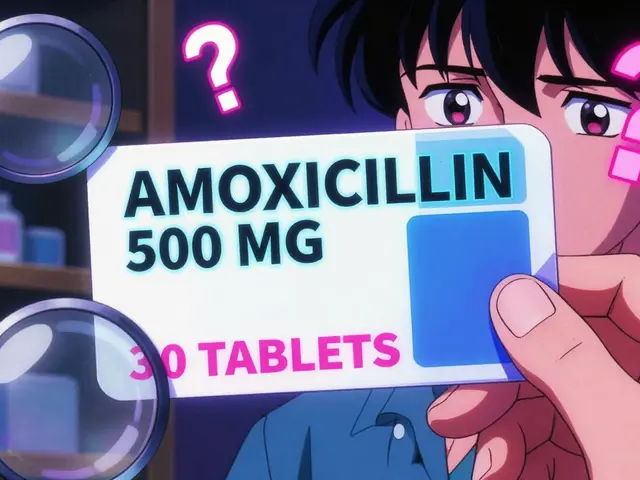Contraception: Practical Guide to Choosing and Using Birth Control
Want to avoid an unplanned pregnancy or manage your cycle without guesswork? Contraception is more than a pill or a condom — it’s a small set of choices that change your daily life. This page gives clear, useful tips so you can pick something that fits your body, schedule, and comfort level.
There’s no single “best” method. What matters is which method fits your health needs, relationship status, budget, and how often you want to think about it. Below are the main options and what to expect from each.
Common methods and what they really mean
Condoms: The only method that also reduces STI risk. Cheap, available over the counter, and easy to use — but they must be used correctly every time.
Oral contraceptives (the pill): Taken daily. Very effective when you don’t miss doses. Good for lighter periods and acne for some people. Side effects can include nausea, mood changes, or spotting—talk to your clinician if these happen.
IUDs (intrauterine devices): Long-lasting options (3–10 years depending on type). Hormonal IUDs thin the lining and reduce periods; copper IUDs are hormone-free and good for people who want no hormones. Placement requires a clinic visit.
Patches and rings: Change weekly (patch) or monthly (ring). Similar effectiveness to the pill and handy if daily dosing is hard for you. Some people notice skin irritation from patches.
Injectable contraceptives: One shot every 8–13 weeks depending on the product. Low daily maintenance but you may experience altered periods and possible delay in return to fertility after stopping.
Emergency contraception: Pills (like levonorgestrel or ulipristal) or a copper IUD can prevent pregnancy after unprotected sex. Take emergency pills as soon as possible—some types work up to 72–120 hours. A copper IUD is the most effective emergency option if placed within five days.
How to choose, use, and buy safely
Ask yourself: How reliably can I take a daily pill? Do I want something long-term? Do I need STI protection too? Make a short list of priorities, then discuss them with a clinician. If you have migraines, clotting issues, or are breastfeeding, some hormonal methods aren’t recommended—get medical advice.
Buying online? Use licensed pharmacies, check for a clear contact address, and expect to answer health questions or upload a prescription when needed. Avoid sites that sell prescription drugs with no prescription or try to hide who they are.
Side effects differ by method. If you notice heavy bleeding, severe pain, signs of infection, or sudden shortness of breath after starting a new method, seek medical care. For routine follow-up, many clinics and telehealth services can help with questions and prescription renewals.
No one knows your life better than you. Use this guide to start the conversation, then find a clinician or trusted pharmacist to finalize the choice that fits your body and life.





